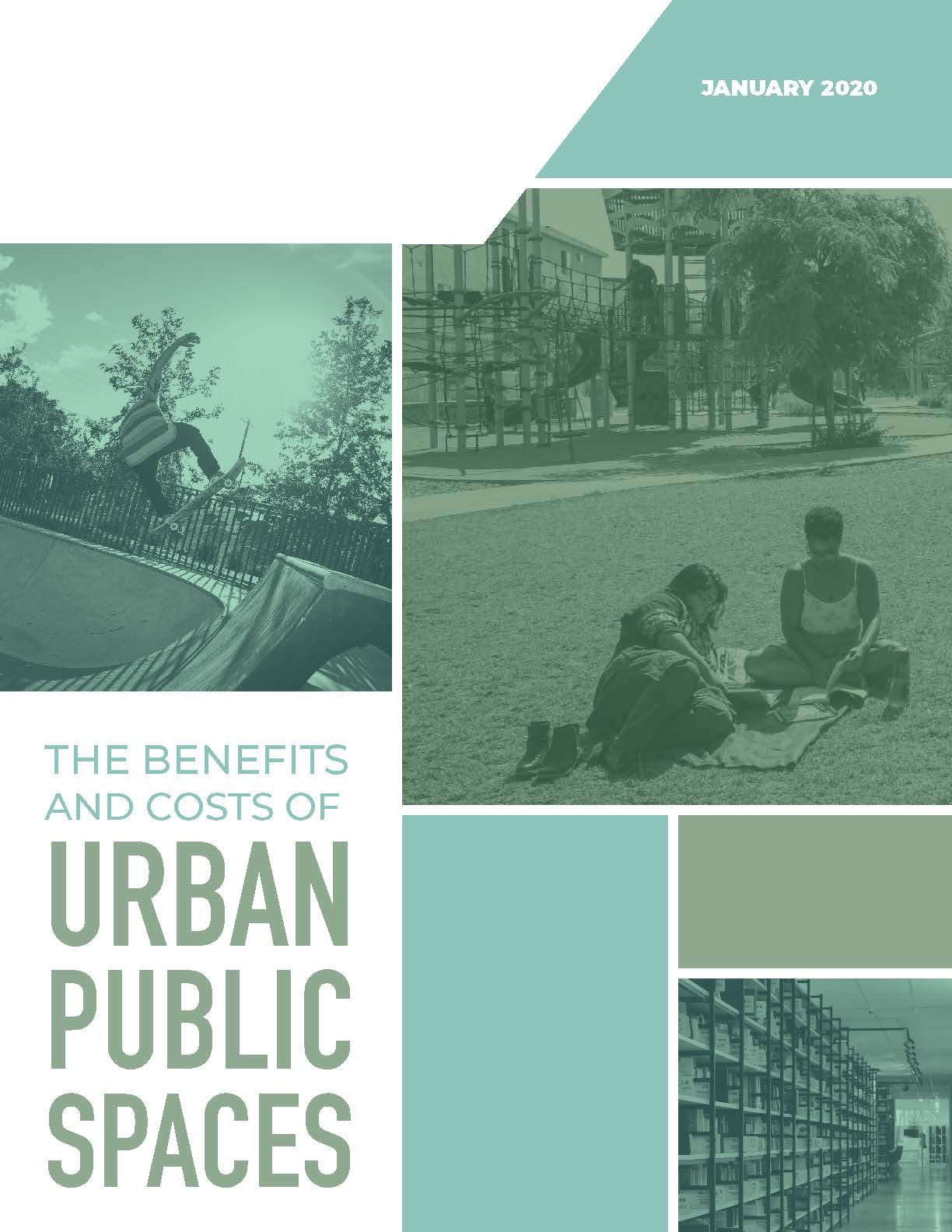The Benefits and Costs of Urban Public Spaces
Urban public spaces impact communities’ quality of life. New parents seek the company of others at the park. Basketball players drop by a recreation center to see if there’s a pick-up game they can join. Children race to the playground after school to release pent-up energy with their neighborhood friends or join a community-provided after school program. A worker takes a quiet lunch break on a bench under the shade of a street tree. Neighbors convene in the community room of the local library for their monthly reading group, just after a nutrition class ends. These activities build community and sense of place within a city, catalyzing economic development and providing benefits for both the environments and their residents.
The nature of public space is changing. New models of public space provision and management shape the distribution, accessibility, and use of public spaces. Some cities seek to expand public space through new models of publicly accessible private space. In other cities, individuals and communities create their own types of public spaces by reclaiming underutilized public right-of-way land, including parking lots and vacant land. Cities aspire to energize mundane public spaces, such as bus stops and transit hubs, through public art and literacy interventions.
We expect many things from our public spaces. We ask them to revitalize neighborhoods, reduce crime, redress longstanding socio-economic and racial inequalities, and catalyze economic development. We want parks and trails to address urban environmental issues such as stormwater runoff as well as public health concerns such as obesity. Urban public spaces cannot serve as a solution for a city’s problems, but they hold promise for transforming communities. San Antonio, Texas’ Downtown Riverwalk is often credited with revitalizing the city’s downtown area. Yet, questions remain: what frameworks do we have for evaluating the economic, environmental, equity, health, and social impacts of such an investment? How far throughout the city are the impacts felt, and how long will they last? Could a similar project be successful in another city?
This report, a renewed inquiry into urban public spaces, synthesizes research to guide decision making and shape future investments in, and maintenance of, our urban public spaces.
Published: January 2020

